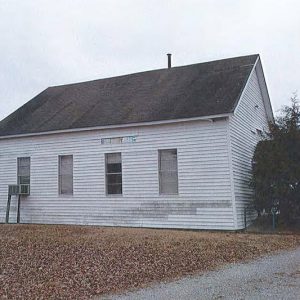 Galatia Church
Galatia Church
Time Period: Divergent Prosperity and the Arc of Reform (1968 - 2022) - Starting with G
 Galatia Church
Galatia Church
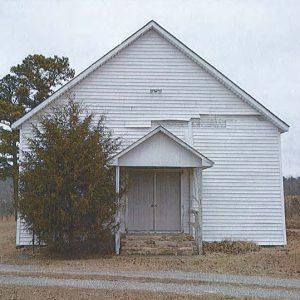 Galatia Church
Galatia Church
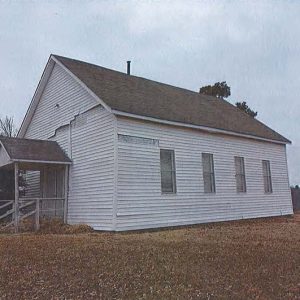 Galatia Church
Galatia Church
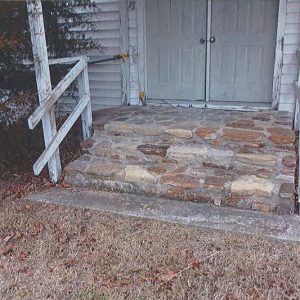 Galatia Church
Galatia Church
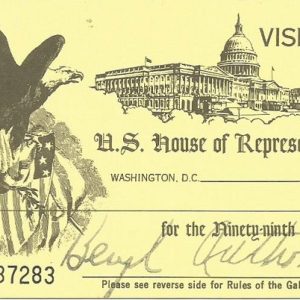 Gallery Pass
Gallery Pass
 Gallery Pass
Gallery Pass
 Gallery Pass
Gallery Pass
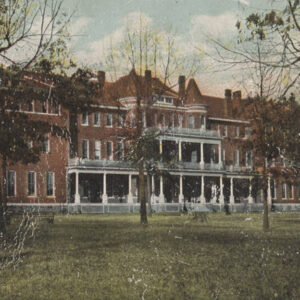 Galloway Women's College
Galloway Women's College
Gangster Museum of America
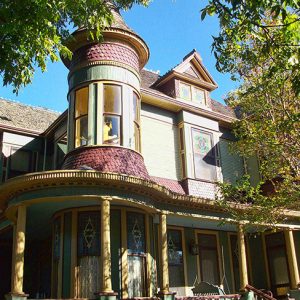 Gann House
Gann House
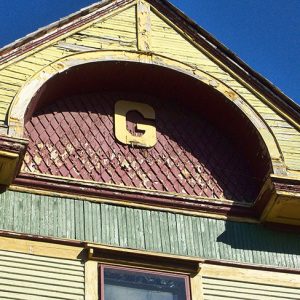 Gann House Insignia
Gann House Insignia
 Gann Museum
Gann Museum
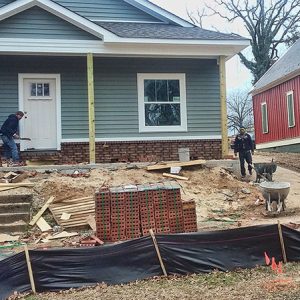 Gann Row Demolished House
Gann Row Demolished House
 Gann Row Demolished House
Gann Row Demolished House
Gant, Glenn Rowlett
 Gant Drawing
Gant Drawing
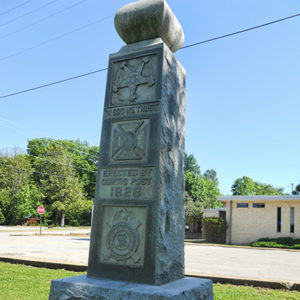 GAR Monument, Siloam Springs
GAR Monument, Siloam Springs
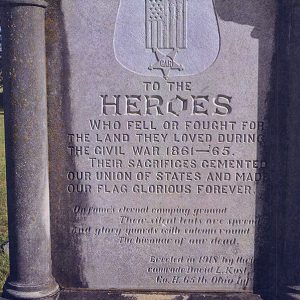 GAR Monument Inscription
GAR Monument Inscription
Garage Bands
 Garden Hints
Garden Hints
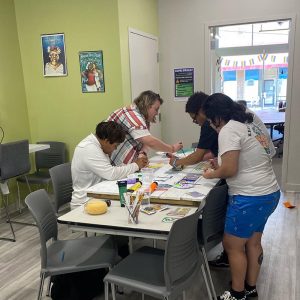 Garden Party
Garden Party
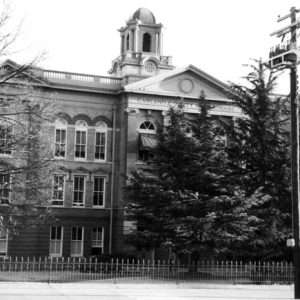 Garland County Courthouse
Garland County Courthouse
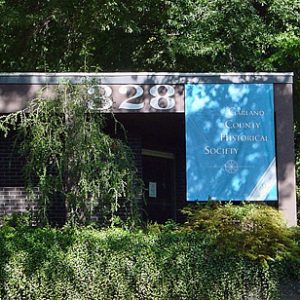 Garland County Historical Society
Garland County Historical Society
 GCHS Interior
GCHS Interior
 GCHS Library
GCHS Library
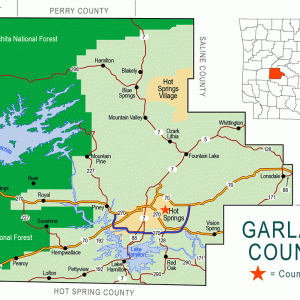 Garland County Map
Garland County Map
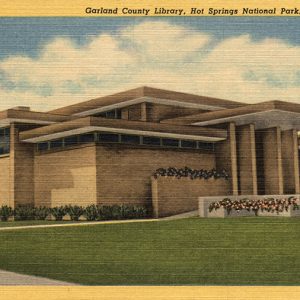 Garland County Public Library
Garland County Public Library
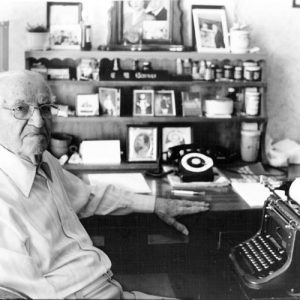 Claud Garner
Claud Garner
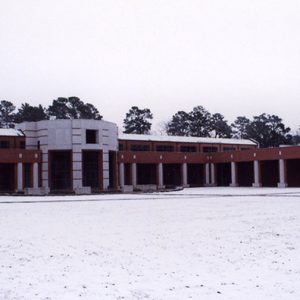 Garrison Activity and Conference Center
Garrison Activity and Conference Center
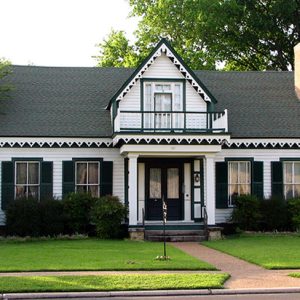 Garrott House
Garrott House
Garvan Woodland Gardens
 Garvan Woodland Gardens Bridge
Garvan Woodland Gardens Bridge
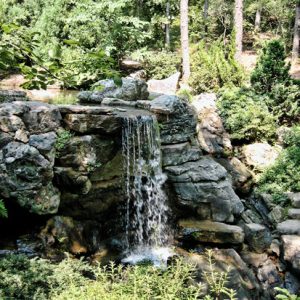 Garvan Woodland Gardens Waterfall
Garvan Woodland Gardens Waterfall
 Garvan Woodland Gardens
Garvan Woodland Gardens
Garvan, Verna Cook
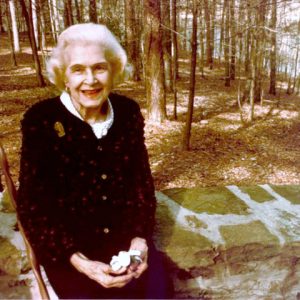 Verna Cook Garvan
Verna Cook Garvan
 Gary Schuchardt 5K Trail Run/Walk
Gary Schuchardt 5K Trail Run/Walk
 Gassville Tornado Damage, 2008
Gassville Tornado Damage, 2008
Gaston, James Albert (Jim)
 Gate View, North
Gate View, North
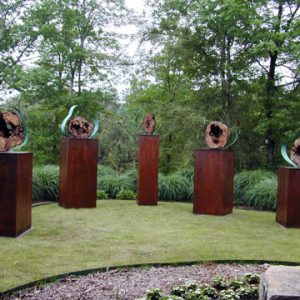 The Gatekeepers by Pat Musick
The Gatekeepers by Pat Musick
Gatewood, Willard Badgett, Jr.
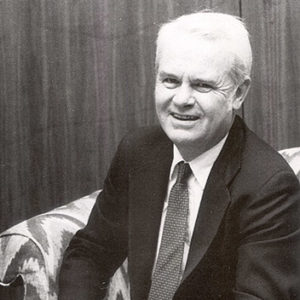 Willard B. Gatewood
Willard B. Gatewood
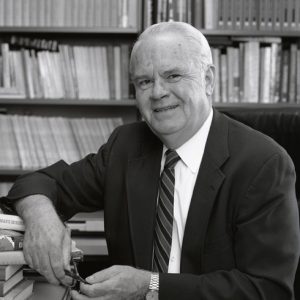 Willard Gatewood
Willard Gatewood
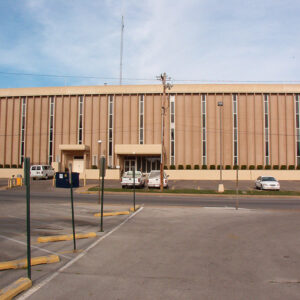 Gathings Federal Building
Gathings Federal Building
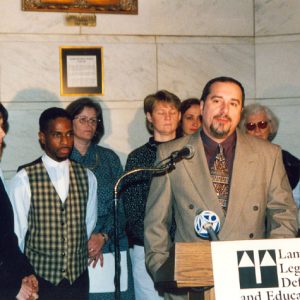 Gay and Lesbian Movement Press Conference
Gay and Lesbian Movement Press Conference
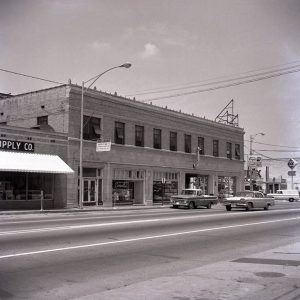 Gay Oil Co. Building
Gay Oil Co. Building
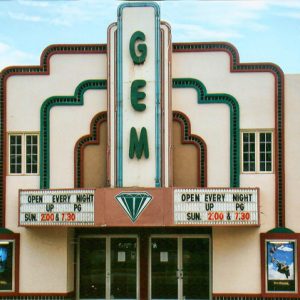 Gem Theater
Gem Theater
General Improvement Fund
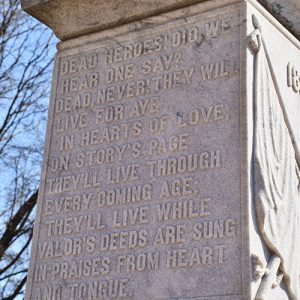 General Robert E. Lee Monument
General Robert E. Lee Monument




